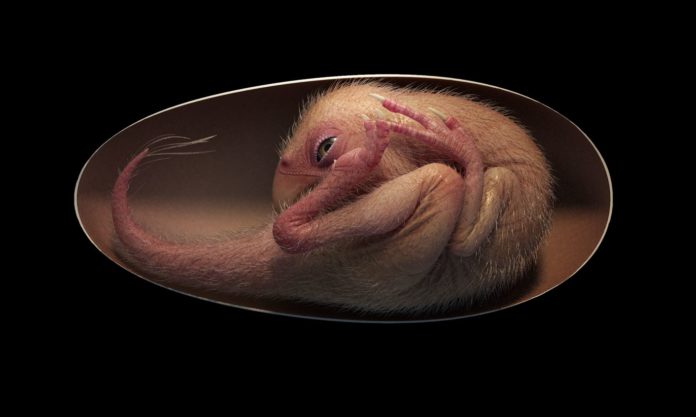The embryo, called ‘Baby Yingliang, which is one of the most complete dinosaur embryos yet discovered, reveals that these dinosaurs adopted bird-like postures soon to hatching.
Many fossilized dinosaur eggs and nests have been discovered during the last century, but discovering one with a well-preserved embryo inside is extremely uncommon.
Researchers have now reported one such specimen identified in southern China in a paper published in the journal iScience on December 21.
The embryo, called ‘Baby Yingliang,’ was discovered in the Late Cretaceous rocks of Ganzhou, southern China, and belonged to an oviraptorosaur, a toothless theropod dinosaur. The fossil, which is one of the most complete dinosaur embryos yet discovered, reveals that these dinosaurs developed bird-like postures close to hatching.
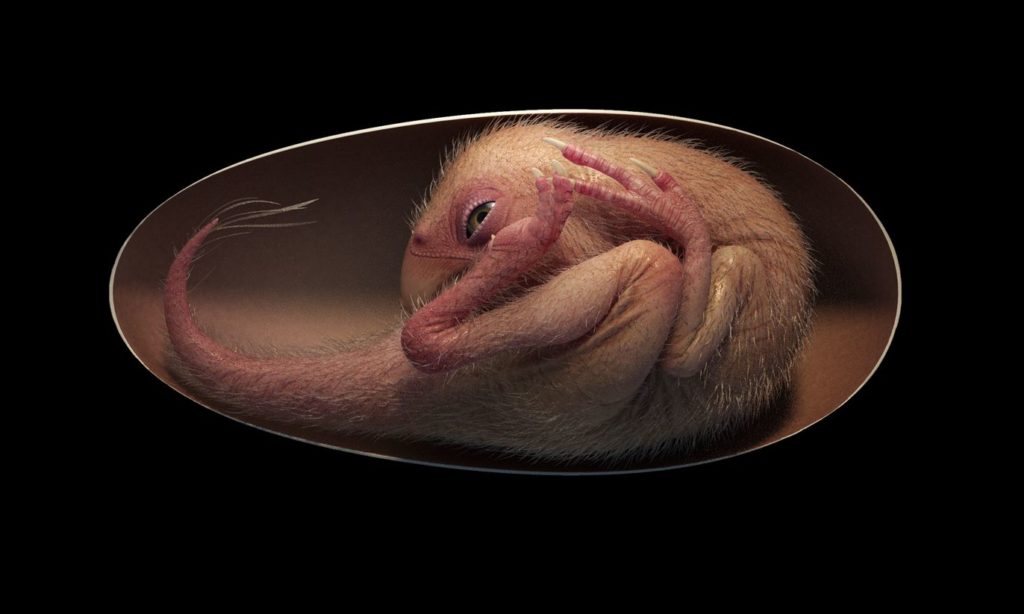
Scientists discovered that ‘Baby Yingliang’ had a posture that is unique among known dinosaur embryos: its head is below the body, with feet on either side and the back coiled over the blunt end of the egg. This posture, previously unknown in dinosaurs, is identical to that of current bird embryos.
In modern birds, such postures are associated with ‘tucking,’ a central nervous system-controlled behavior that is crucial for hatching success. Researchers believe that such pre-hatching behavior, previously thought to be exclusive to birds, may have started among non-avian theropods after researching egg and embryo.
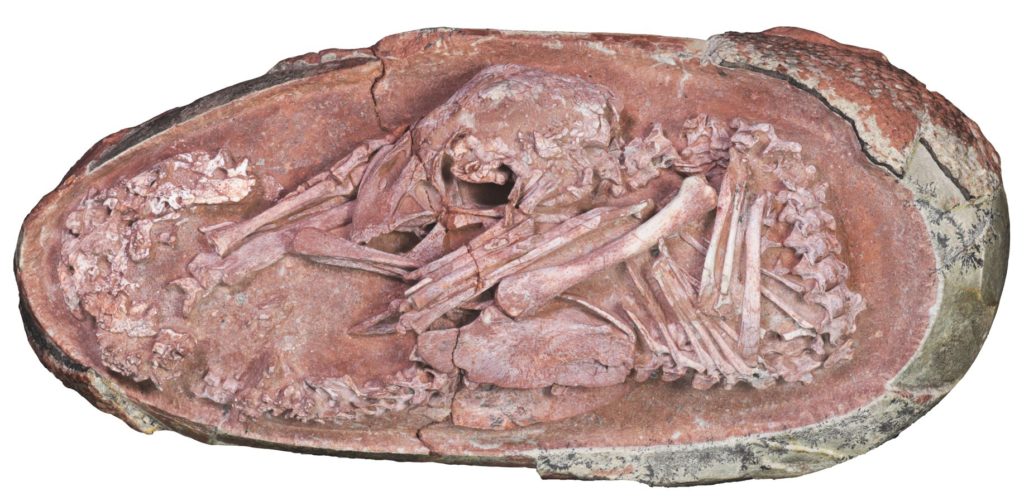
The research team from China, the United Kingdom, and Canada, led by academics from the University of Birmingham and the China University of Geosciences (Beijing), published their findings today in iScience.
The embryo is structured in its life position with little disturbance due to fossilization. The creature is estimated to be 27 cm long from head to tail and is nestled inside a 17-cm-long elongatoolithid egg. The specimen is on display at the Yingliang Stone Nature History Museum.
“Dinosaur embryos are some of the rarest fossils and most of them are incomplete with the bones dislocated,” said Fion Waisum Ma, co-first author and PhD researcher at the University of Birmingham. “We are very excited about the discovery of ‘Baby Yingliang’ – it is preserved in a great condition and helps us answer a lot of questions about dinosaur growth and reproduction with it.
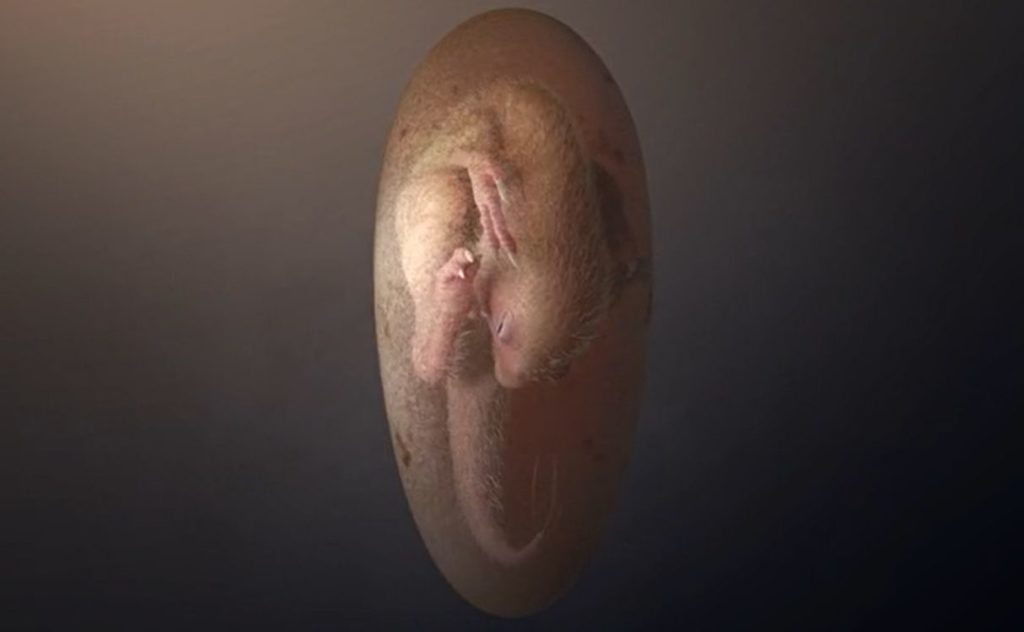
“It is interesting to see this dinosaur embryo and a chicken embryo pose in a similar way inside the egg, which possibly indicates similar prehatching behaviours.”
The deep, toothless cranium of ‘Baby Yingliang’ led to its classification as an oviraptorosaur. Oviraptorosaurs are a group of feathered theropod dinosaurs that lived in Asia and North America during the Cretaceous period and are closely linked to contemporary birds. Their various beak shapes and body proportions allowed them to eat a variety of foods, including herbivory, omnivory, and carnivory.
Soon before hatching, birds are known to acquire a sequence of tucking postures in which they bend their body and bring their head beneath their wing. Embryos that do not achieve such postures have a greater likelihood of dying owing to poor hatching.
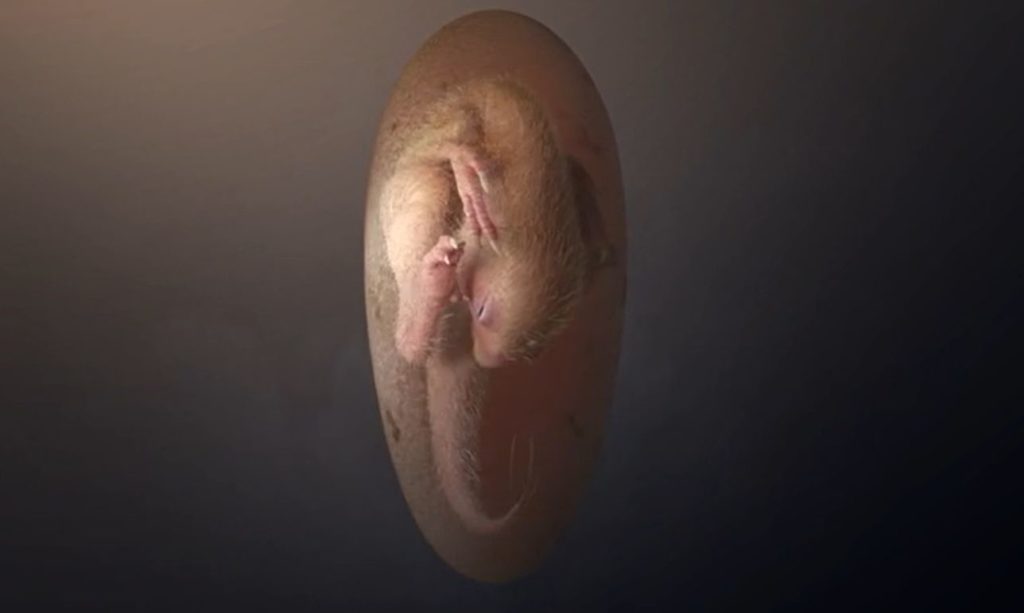
The study hypothesized that tucking behavior, which was thought to be unique to birds, originally originated in theropod dinosaurs many tens or hundreds of millions of years ago by comparing ‘Baby Yingliang’ with the embryos of other theropods, long-necked sauropod dinosaurs, and birds. Additional discoveries of embryo fossils would be extremely important in testing this concept.
“This dinosaur embryo was acquired by the director of Yingliang Group, Mr Liang Liu, as suspected egg fossils around the 2000,” said Professor Lida Xing of China University of Geosciences (Beijing). “During the construction of Yingliang Stone Nature History Museum in 2010s, museum staff sorted through the storage and discovered the specimens.
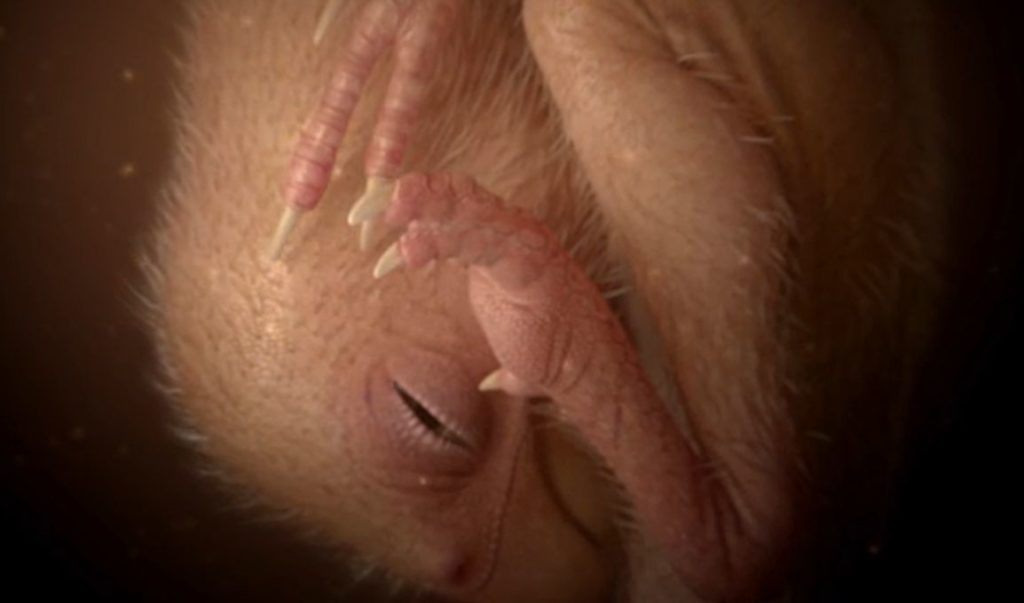
“These specimens were identified as dinosaur egg fossils. Fossil preparation was conducted and eventually unveiled the embryo hidden inside the egg. This is how ‘Baby Yingliang’ was brought to light.”
“This dinosaur embryo inside its egg is one of the most beautiful fossils I have ever seen,” said Professor Steve Brusatte of the University of Edinburgh, who was part of the research team. “This little prenatal dinosaur looks just like a baby bird curled in its egg, which is yet more evidence that many features characteristic of today’s birds first evolved in their dinosaur ancestors.”
Source: 10.1016/j.isci.2021.103516
Image Credit: Xing et al./iScience
You were reading: 72 to 66-million-year-old preserved embryo found inside fossilized dinosaur egg
